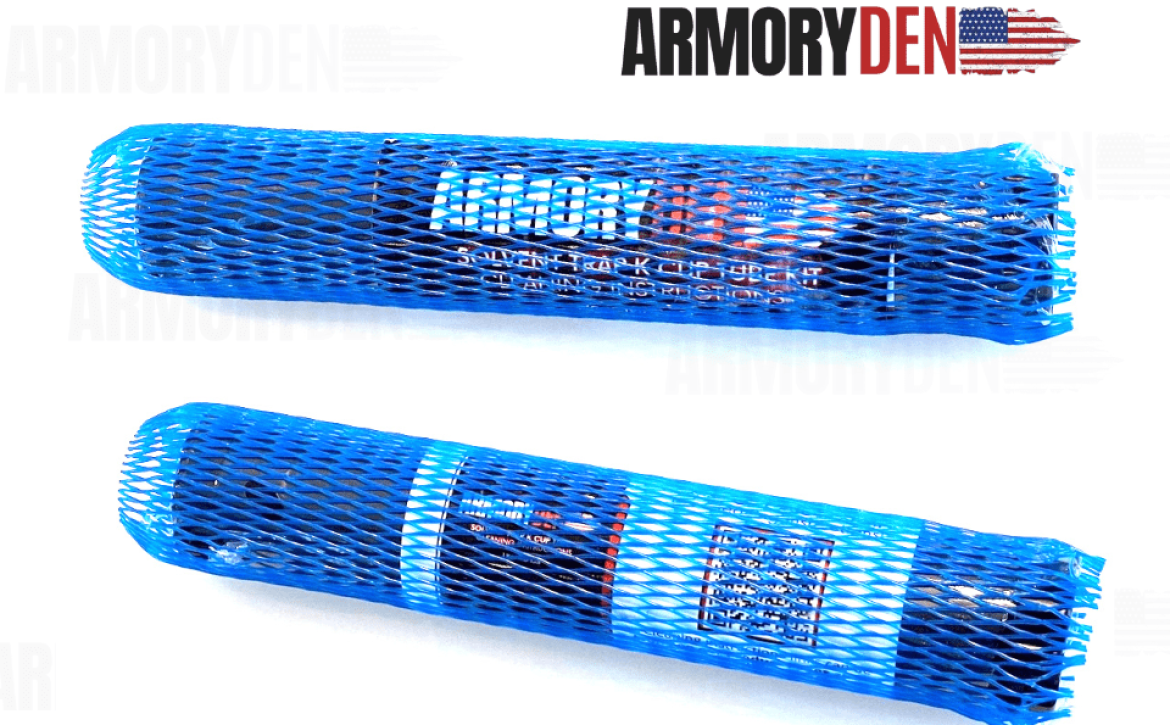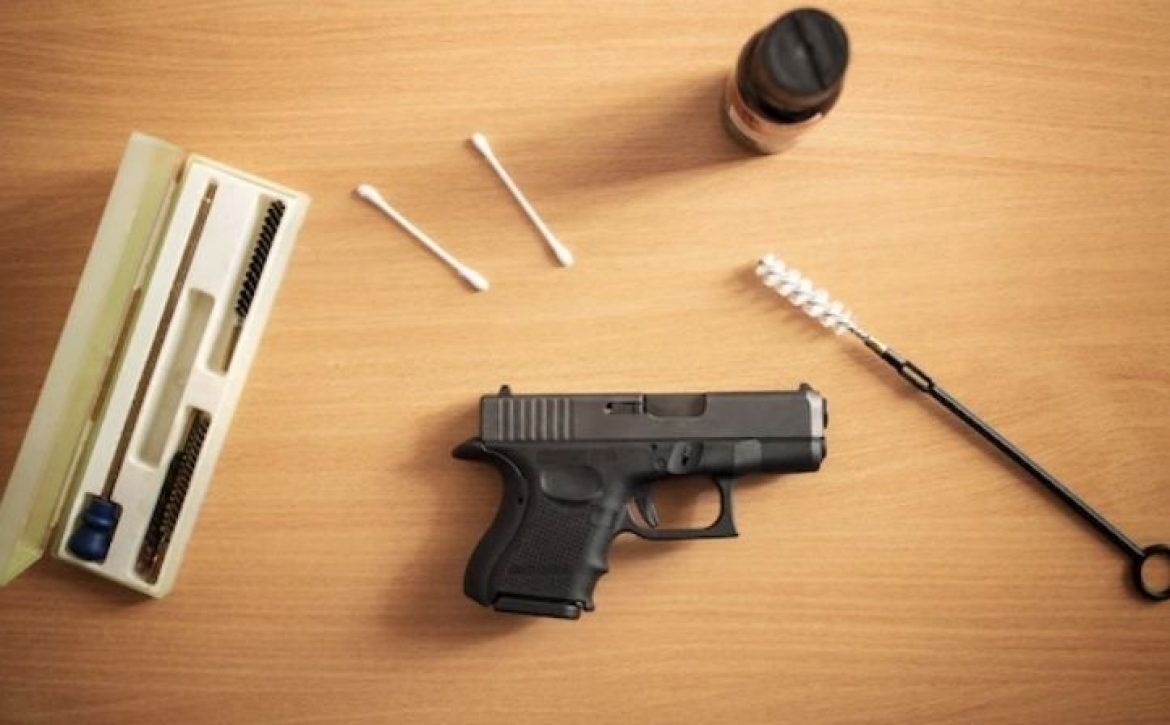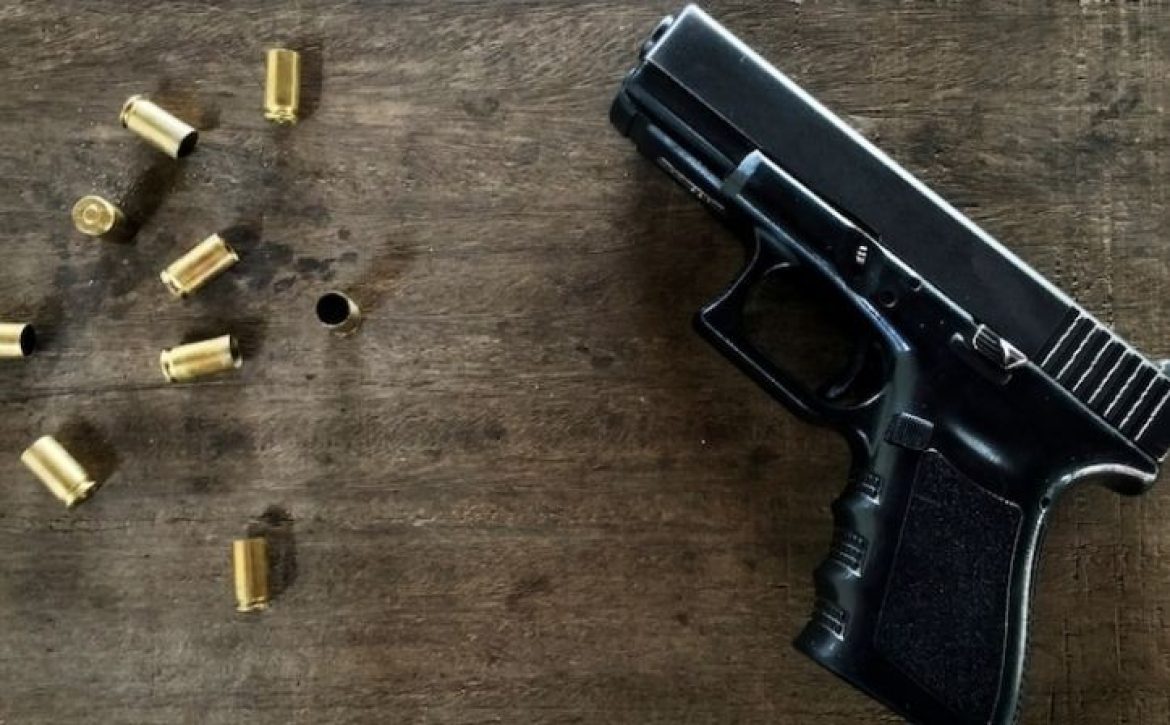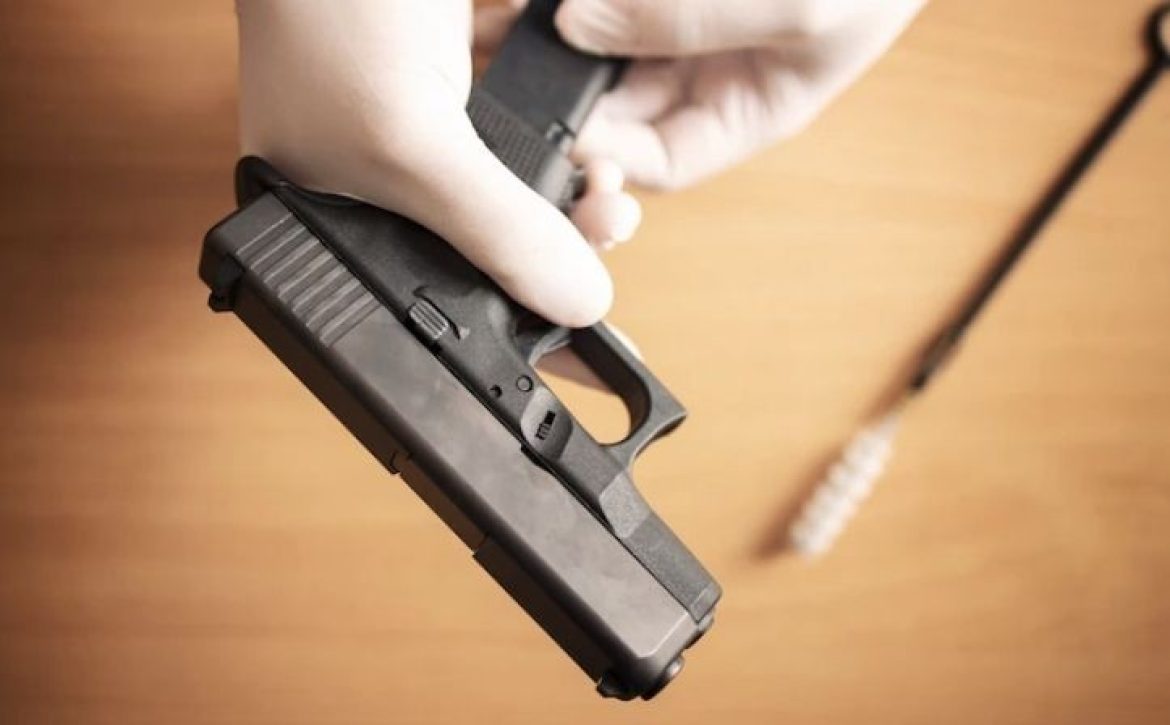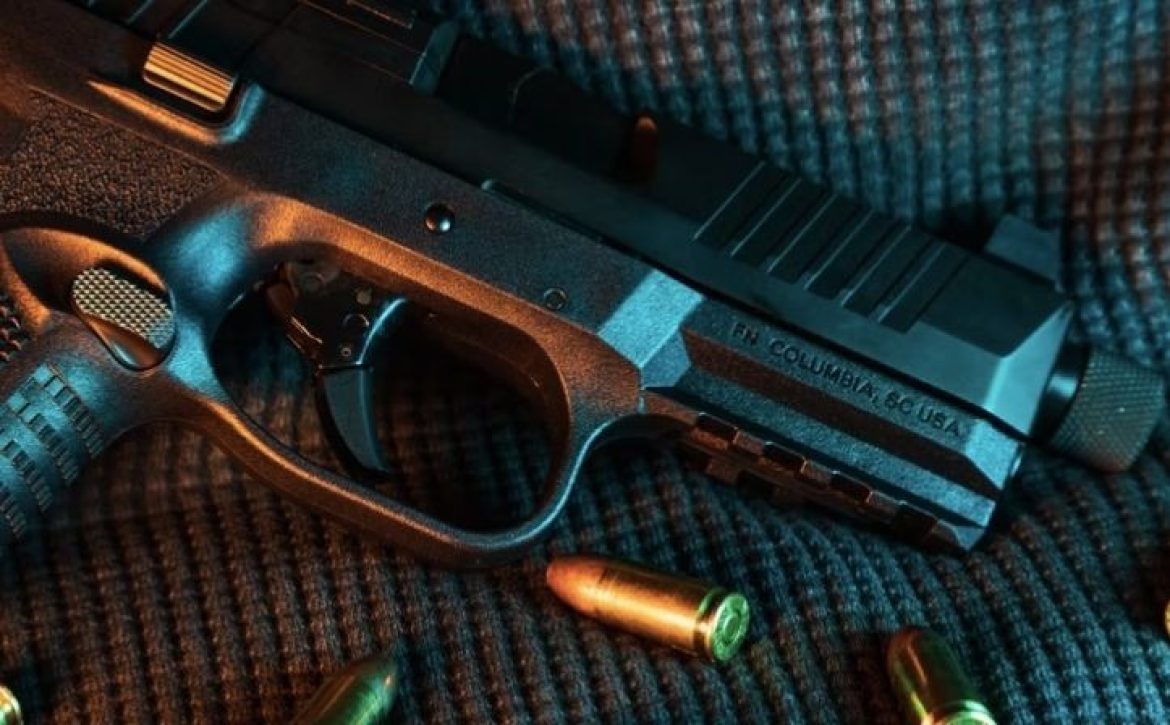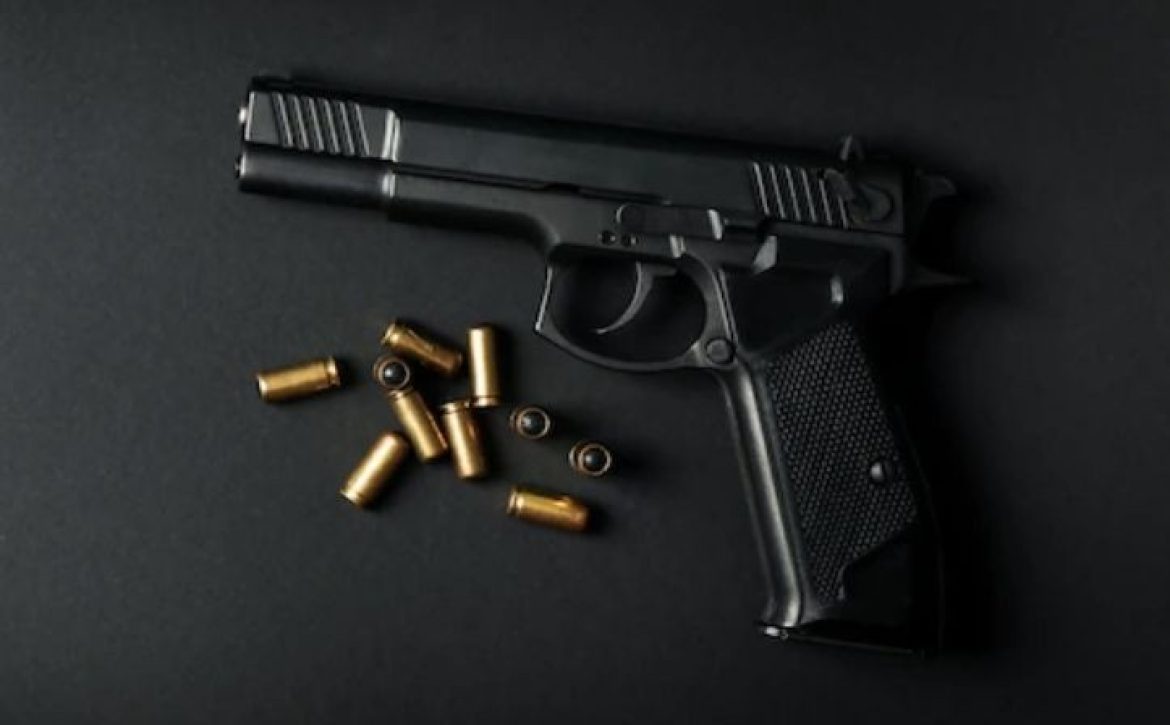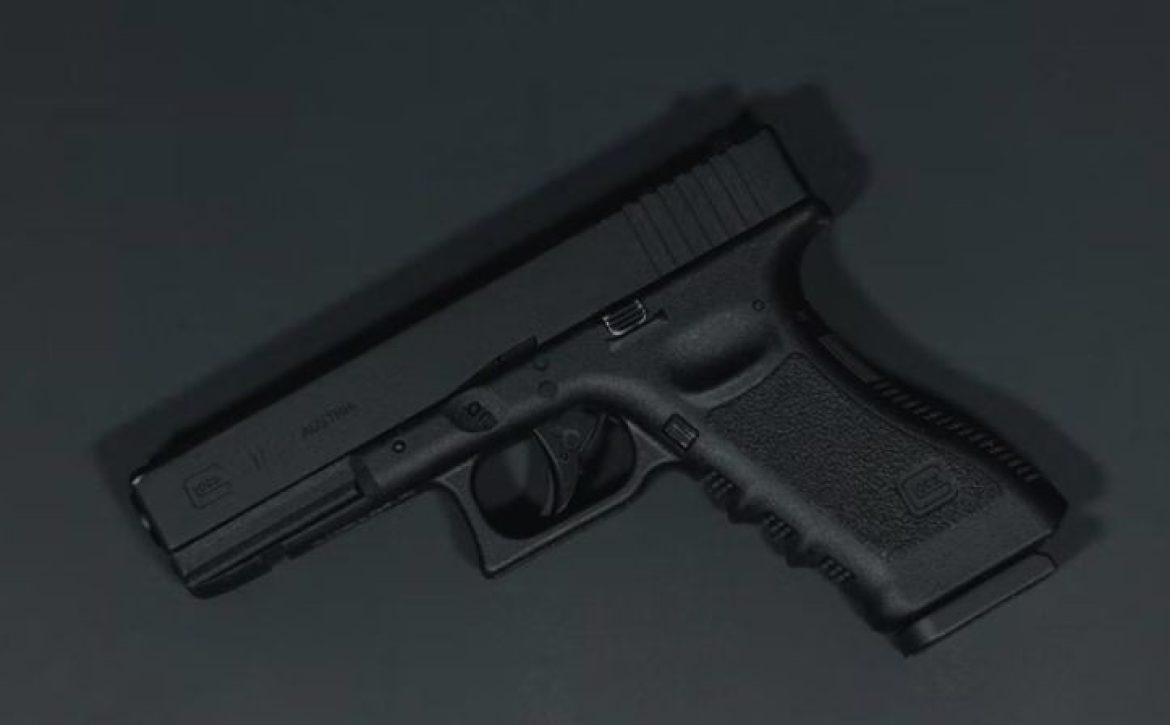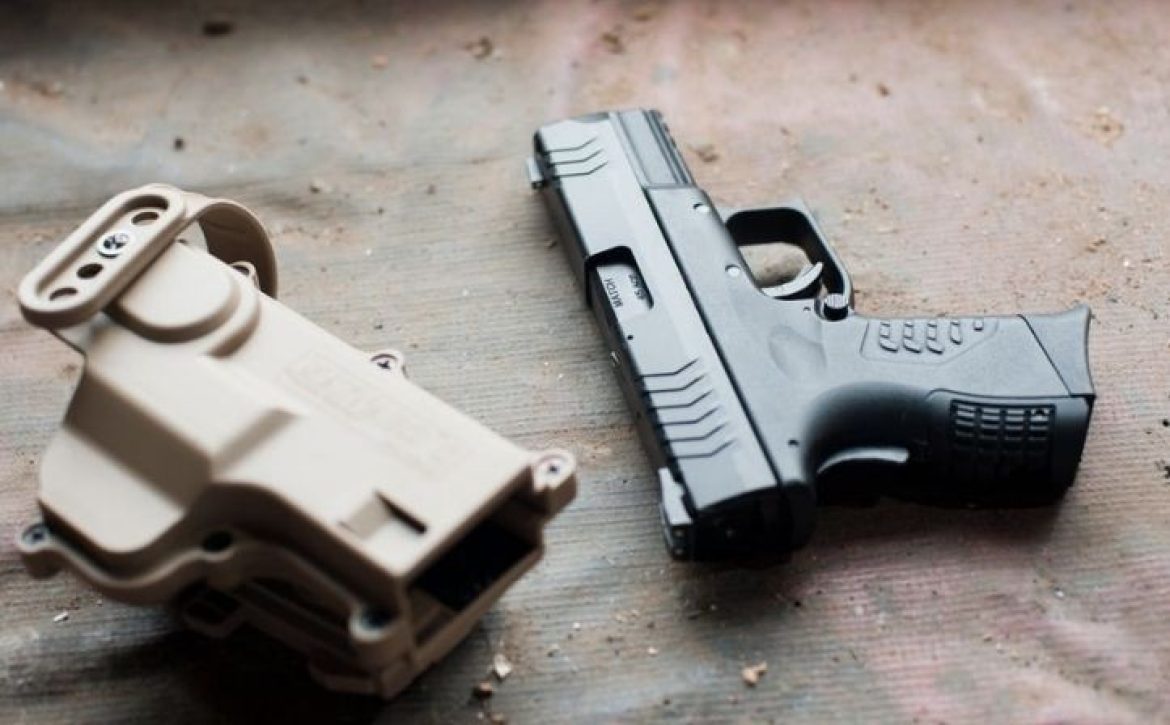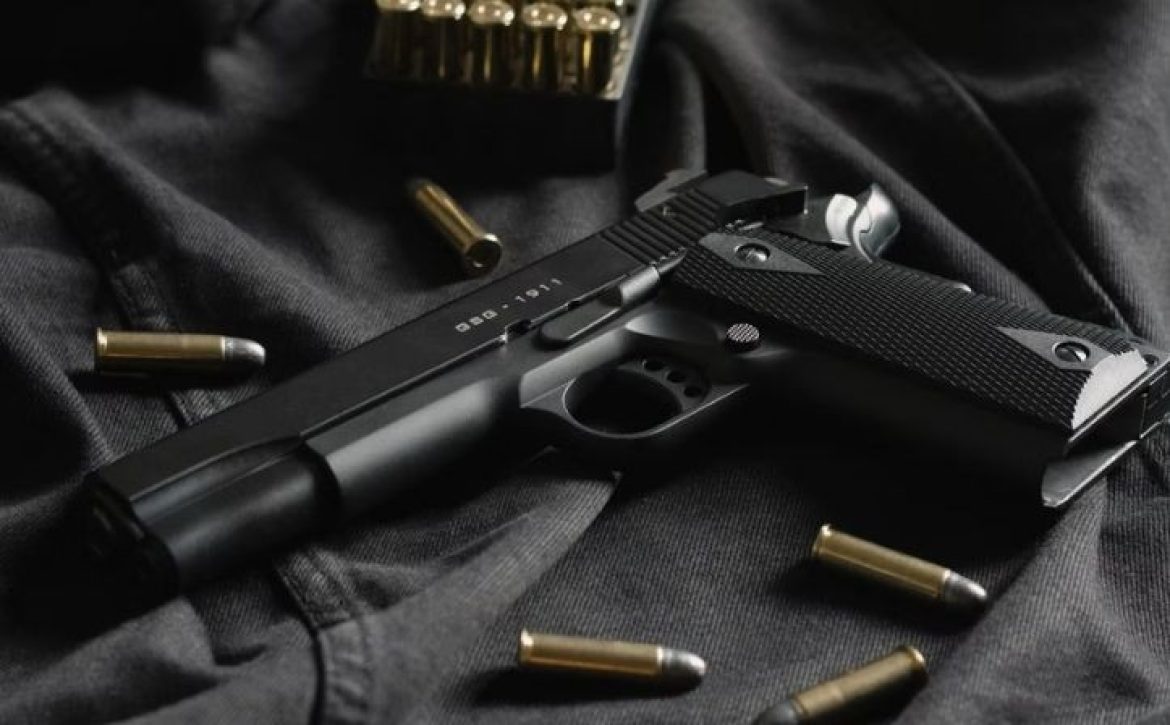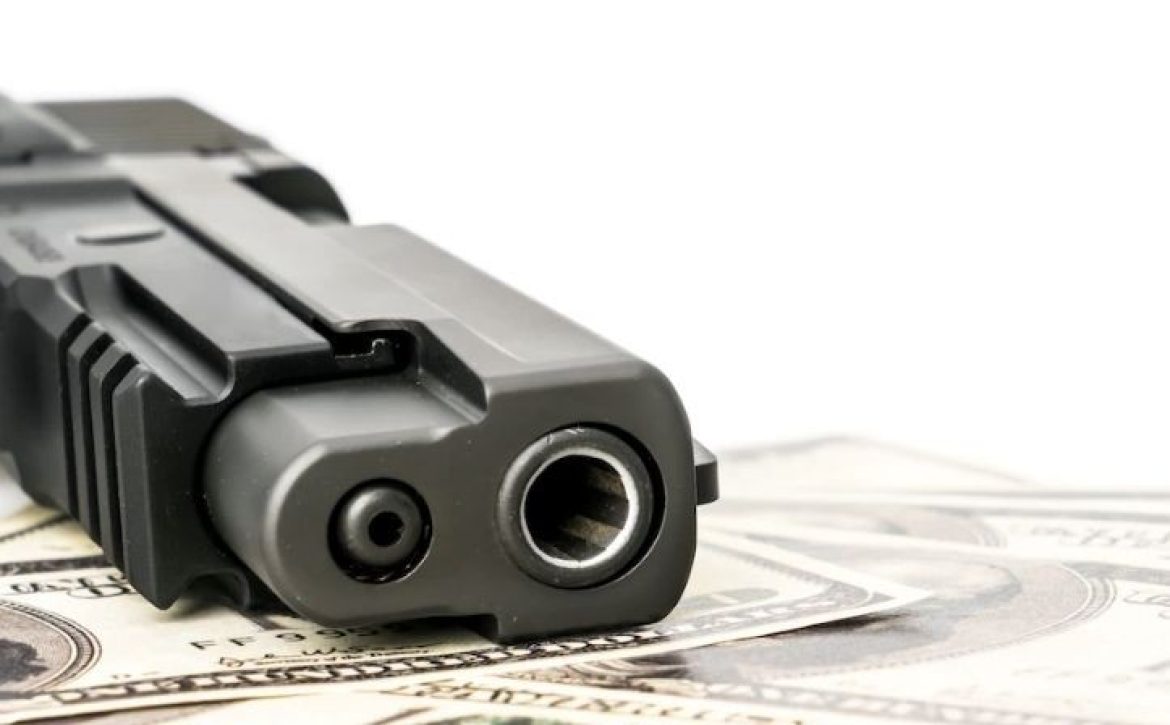Armory Den’s Buyer Guide: Solvent Trap End Caps
We are generalizing two separate items using the title “solvent trap end caps” for parsimony sake. Solvent traps come in many forms, typically comprising of a sealed end cap and a thread protector.
A sealed end cap can be found on the opposite side of the barrel, and it traps the solvent or debris, preventing leakage. Conversely, the thread protector is located on the bore or the barrel side and is threaded onto the firearm barrel.
Solvent trap end caps play an important role during the firearm cleaning processes as the quality of the solvent trap can be assessed by evaluating the end cap. Essentially, the fit and thread tension must form an airtight seal to prevent any leakage at the end of the solvent trap when the end cap is installed.
How to Choose A Solvent Trap End Cap?
Solvent trap end caps are available in various shapes, materials, and sizes. The solvent trap end cap you choose will depend on the kit you select. You can find a wide range of top-quality solvent trap kits at Armory Den, including the following items:
7075 Billet Type III Anodized Aluminum Adaptive Solvent Trap
The 7075 Billet Aircraft Aluminum Adaptive Solvent Trap Kit provides you with versatility, as it comes with a distinguished adaptive design. The kit is meticulously engineered with the highest quality materials and comes with a Type III (hard coat) Anodized finish, known for military applications and anticorrosion properties.
The 7075 Billet Aircraft Aluminum Adaptive Solvent Trap Kit comprises a 1/2×28″ and 5/8×24″ thread protector, one sealed end cap, a 2.5″ tube extension, and eight adaptive storage cups. With this kit, you can also benefit from an all-inclusive adaptive solvent trap and a standardized 1.1875-24 TPI adapter.
Stainless Steel Adaptive Solvent Trap
This kit is crafted with a heavy, high-quality material to ensure durability and efficiency. It has a 1/2×28″ and 5/8×24″ thread protector, one sealed end cap, 2.5″ tube extension, eight adaptive storage cups. The kit also comes with a standardized 1.1875-24 TPI adapter.
7″ & 9" Tube Kits with Pressed Stainless Steel Cups
Solvent trap kits also come with pressed stainless steel cups. The storage cups collect the cleaning solvent and frequently come in touch with moisture. However, stainless steel cups have anticorrosion and anti-discoloration properties, making them more durable. Additionally, if you choose a kit with pressed cups, you can enjoy more benefits. Pressed steel storage cups are robust enough to handle impacts that other materials cannot cope with. It can even survive extreme temperatures.
GR5 Titanium Adaptive Solvent Trap Kit (AST)
The GR5 Titanium Adaptive Solvent Trap Kit (AST) is engineered with the highest quality of Grade-5 Titanium. It comes with a unique modular storage cup when it is completely assembled. This kit comes with a 2.5″ tube extension, one sealed end cap, 8 Adaptive Storage Cups, and a 1/2×28″ or 5/8×24″ thread protector.
Benefits of Solvent Trap End Caps
Firearms need to be maintained regularly to guarantee effective functioning. Solvent trap end caps can help owners ensure that the firearm is clean and ready to perform.
Cleaning the firearm is one of the most effective ways to increase its safety and performance. In the unfortunate case that the firearm isn’t cared for, it can malfunction or jam when you need it the most; this can be extremely dangerous.
That is why it is essential to clean the firearm using a high-grade solvent trap kit. An effective solvent trap kit can facilitate your regular firearm cleaning routine and offer protection from potentially harmful chemicals that you may contact during the bore cleaning process.
It is best to use eco-friendly solvent cleaning products to play your part in preserving the environment. The distinct range of solvent trap kits at Armory Den meets all the preceding criteria.
Factors to Consider When Choosing Solvent Trap End Caps
As stated earlier, there are several types of solvent trap kits that you can use. However, before picking the suitable kit for your firearms, you need to consider the sealed end caps’ material, diameter, and thread pitch to find the best product to suit your needs.
Here’s what you need to do:
- Consider the type of firearm you have. Examine the strength, the type of bullet, and powder to determine which solvent trap kit is right for you.
- You also need to examine the compatibility of the solvent trap tube with the caps you are using. Essentially, the solvent trap end cap must seamlessly fit the tube, and the solvent trap tube must seamlessly fit the firearm. Make sure that the reading pitch aligns with the inner and outer diameter of the end caps.
- You must also consider the material for the solvent trap kit. Traditionally, solvent trap kits are crafted with aluminum, stainless steel, and grade-5 titanium. You can choose the right material based on the firing power of your firearm.
- Also, consider the thread protectors to ensure they match with your firearm. The thread pattern or pitch must align with the barrel of the solvent trap it is supposed to attach to.
How To Complete Solvent Trap Kit Assembly?
A solvent trap kit is a cleaning accessory to clean firearms barrels. These kits extend a simple way to recycle solvent, cutting costs and protecting the environment.
Solvent trap kits are pretty easy to assemble. You can pair the end cap with the solvent trap tube of the matching thread pitch and fasten the sealed end cap to the solvent trap tube’s end through a rotation motion. The sealed end cap will ensure that debris or solvent does not leak from the firearm.
Choose From High-Quality Solvent Trap End Caps
If you buy solvent trap end caps, it is essential to invest in top-grade materials crafted exclusively to deliver quality results. Low-quality solvent trap end caps are created from alloy materials and come with inadequate threading, which leads to the cap breaking down over time. In such cases, the threads also become quite rough, hindering the solvent trap end cap from sealing completely.
Head over to Armory Den and choose from the wide variety of top-grade solvent trap kits to ensure effective and safe firearm cleaning.


